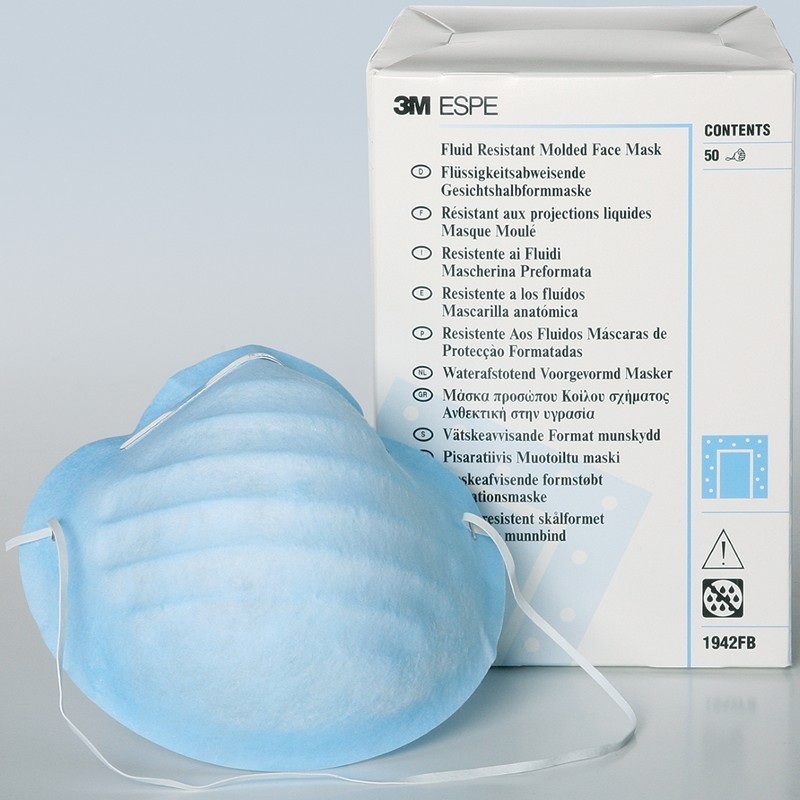
In other words, the human-emitted respiratory particle number is so high that we cannot avoid inhaling particles generated by another person, even when wearing a surgical mask. Surgical masks with particle collection efficiencies of ~50% cannot prevent the release of millions of particles per person and their inhalation by others (see green dots in Fig. This very large number implies that indoor environments are usually in a respiratory particle–rich regime. Taking a representative average of respiratory activity ( 11), we find that a person typically emits a total number of ~3 × 10 6 particles during a 30-min period (supplementary text, section S1.1). Respiratory particles, including aerosol particles and larger droplets, can carry viruses and are often used to visualize the transmission of airborne viruses ( 4). So how are we to explain these contrasting results and apparent inconsistencies? On the other hand, observational data show that regions or facilities with a higher percentage of the population wearing masks have better control of COVID-19 ( 7– 9).

Thus, surgical and similar masks are often considered to be ineffective. Moreover, randomized clinical trials have shown inconsistent or inconclusive results, with some studies reporting only a marginal benefit or no effect of mask use ( 5, 6).

Given the large number of particles emitted upon respiration and especially upon sneezing or coughing ( 4), the number of respiratory particles that may penetrate masks is substantial, which is one of the main reasons for doubts about their efficacy in preventing infections. Compared with N95 or FFP2 respirators, which have very low particle penetration rates (~5%), surgical and similar masks exhibit higher and more variable penetration rates (~30 to 70%) ( 2, 3). The effectiveness of masks, however, is still under debate.


 0 kommentar(er)
0 kommentar(er)
